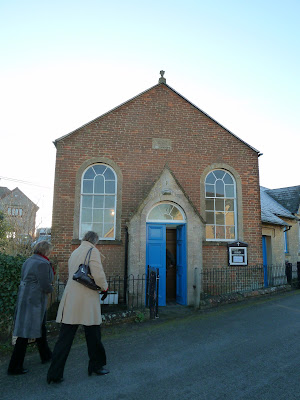 |
| Hitching a lift on the car ferry to Southampton |
These two sleepy characters hitched a lift on the car ferry from Sandown out towards Southampton, where they suddenly took flight, looking for more food I suppose. Are these Common gulls? They are certainly not the Black Headed variety! I managed with some difficulty to take the photo below of the lone gull as he/she searched for food on Sandown beach. I kept shouting, "Please keep still while I photograph you," but it didn't seem to understand English, perhaps I should have tried German gull language instead! I like his/her little pink feet and the snow white and soft grey plummage.
 |
| A seagull on holiday in Sandown. |
 |
| Twenty Gulls facing up wind. |
Quite what was so attractive about this part of the beach I do not know, but the gulls gathered in hundreds here, nibbling in the sand and all facing up wind. I managed to capture twenty of them in my photo, and I heard a passing gentleman say that they always seemed to gather at this particular spot. There must be a reason.
 |
| The "Roll on, Roll off" car ferry on its way to Sandown. |
Here's the car ferry I used for the journey between Southampton and Sandown. It's a "roll on roll off ferry," meaning it has pointy bits (the bows) at both ends of the ship. I suppose both halves of the ship are identical, the master just changes ends for each trip. It was very busy coming back, with Christmas holiday families returning to the mainland. I wandered around the deck in the strong winds and felt refreshed but damp in the fine rain. I then had a "bad hair day" for the rest of the journey home.
 |
| A cruise liner berthed in Southampton Docks. |
This was not the QE 2, but an unidentifyable liner, berthed at one of the docks. I couldn't see a name on her, but she was not a Cunard ship. These ships always look very top heavy to me, but I suppose whoever designs them knows what he/she is doing!
 |
| The catamaran passenger ferry at Southampton. |
Passengers have many options for crossing from the mainland to the Isle of Wight. Those with cars use the ferries from Southampton and Portsmouth, and foot passengers have the chance to use the many hydrofoils and catamarans that travel very quickly between various harbours on the IOW. The car ferry took 1.5 hours to do the trip, but the hydrofoils and catamarans must do it in half the time. Living in GB feels like being on a little island, living on the IOW must feel doublely so!

























